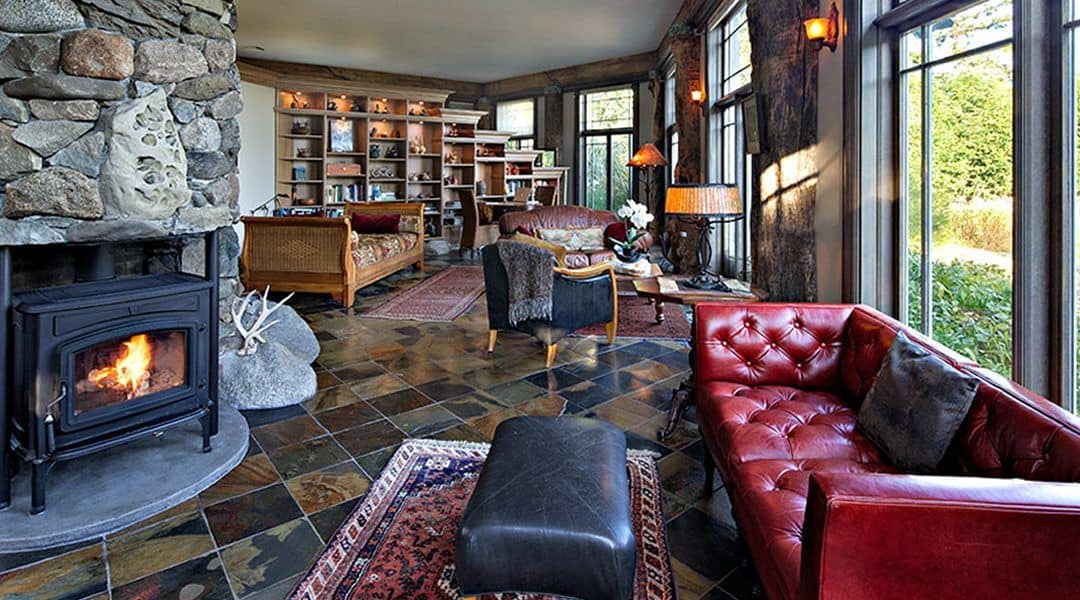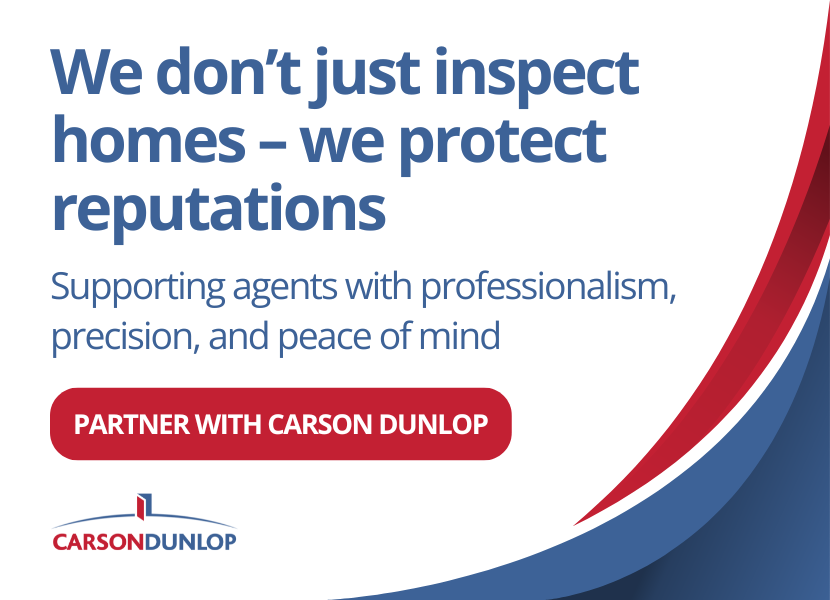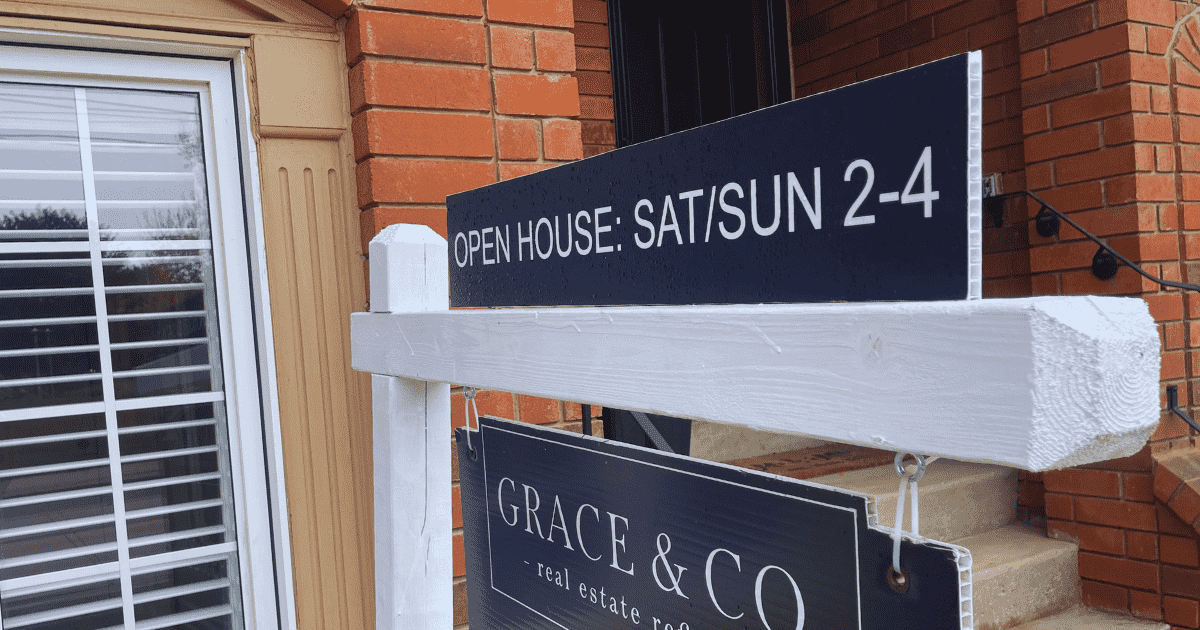A recent report by RedFin Research Centre says that across all real estate price tiers, homes captured with DSLR photography were more likely to sell within six months than homes with point-and-shoot photos. In the $400,000 to $500,000 price range, 64 per cent of homes with DSLR photos sold within six months, compared to 46 per cent of homes with point-and-shoot photos.
For those difficult-to-sell million dollar homes, 35 per cent of professionally photographed homes sold in six months, compared to 30 per cent of homes with point-and-shoot photos.
The report also says that the sharper the image, the better the price point. As people scan real estate websites reviewing properties and residences on a digital device, Redfin says the sharpest 10 per cent of photos sold at or above list price 44 per cent of the time, while listings with average sharpness sold at or above list just 13 per cent of the time.
None of these facts about real estate photography surprise professional photographer John Cameron. For the past four years, the Salt Spring Island resident has had the exclusive contract to photograph properties for sales reps Chris and Darlene Hobbs. He photographs the properties they list through Sotheby’s International Realty Canada on Salt Spring and the Gulf Islands. And when he’s not focusing on living rooms and exterior views, you’re likely to find him aiming his lenses at art, education and sporting events, doing product photography with island artists or capturing nature’s beauty for his website, SaltSpringPhotos.com.
“It’s never just about taking a good photograph,” says Cameron. “You have to know where the photos are going to end up – brochures, rack cards, magazines, posters or on a real estate website. There’s always the consideration, as well, of (the MLS system).”

“It’s never just about taking a good photograph,” says photographer John Cameron. “You have to know where the photos are going to end up – brochures, rack cards, magazines, posters or on a real estate website.”
The images have to be as sharp on a mobile device as on the printed page and appropriate in size and resolution for the ever-increasing number of ways clients access listings digitally.
Darlene Hobbs has no doubt that turning to a professional real estate photographer has been worth it. “We started researching the benefits of hiring a professional photographer and overwhelmingly the research showed that properties with professional photography can net more money in less time. It seemed logical to take advantage of this fact and let the pros do the photos while we concentrated on listing, promoting, showing and selling.
“Hiring John means combining professional equipment and experience with a creative eye. He keeps the technical things like room aspect and lighting in check and has a great instinct for those emotional shots that say, ‘this is what it feels like to live here’.”
Together, they’ll do a walkthrough reviewing highlights. It usually takes Cameron about three to four hours to photograph a high-end home over a couple of visits. It’s important, he says, to listen as the sales reps explain the features they see as most important to highlight. They know what attracts qualified buyers via a photograph.
That initial visit also gives him a chance to plan the shoot, sometimes marking the spaces he’ll stand in when he returns, and to assess the quality of the light inside and outside. Preparing a home for a photo shoot, as we know from watching popular home reno/design shows – Property Brothers or Love It or List It – is focused on enhancing through depersonalizing, cleaning and de-cluttering. Buyers need to be able to imagine themselves in the space.
Cameron photographs about 40 homes a year for the Hobbs, aiming to photograph in the morning on a cloudy or overcast day for inside shots. That’s when inside light is as close to the light outside, minimizing deep shadows and contrasts. Accurate colour and white balance are extremely important to provide an accurate representation of the house. “The wrong tones can really detract from the appeal,” he says.
It’s important, he says, to always use a wide-angle lens to capture as much of the room as possible. His pet peeve is photos that show a corner of a bed and a dresser to indicate a bedroom. Focusing from different heights and capturing the wide angle is critical in small spaces. You’re aiming for the 75-95 degree angle range in every single shot, he says. He uses a Canon 1DX with a tilt-shift 17 mm architectural lens. His latest addition is a mirrorless Leica Rangefinder.
Each medium requires specific sizing and resolution, so knowing how to manipulate images on a computer using current image manipulation software is also imperative. He always shoots in RAW format because a RAW image allows for greater manipulation while retaining the original image properties.
“Don’t shoot everything. Save some surprises,” he says. “If a house has an amazing laundry room, it’s best to save that as a surprise for the walk through.” In a 6,000-sq.-ft. home he’s aiming for 20-30 good images. For amateur photographers, he recommends 10 really excellent images, not 10 images with five that end up detracting from the good ones.
Typically he’ll shoot the living room, kitchen, master bedroom and the front and back views of the property. He also knows what to leave out. If the master bedroom is the only really great-looking bedroom, he’ll forego shooting the others.
It’s important to know how the sales reps are going to receive the images and how those photographs will be used. In the past, he would have advised against using cell phone images but now with the high-quality images possible from cell phones, his main concern is that a tripod be used to ensure the lines of the room remain level in the photo. Personally, he prefers to avoid flash. A lot of photography decisions, he says, are driven by the MLS system, which now accepts 20 shots. A photo should instantly capture the space’s function as well as its best feature. Potential buyers look at photos really quickly, scanning the Internet and a sharper photo can make them stop and click. Then that larger image really matters.
Cameron recommends that sales reps ask to see a portfolio and/or a website as well as a reference when hiring a photographer. Expect to pay anywhere from $250 to $2,000 per day, the cost being dependent on the experience of the photographer, the type of property and the number of images required. You’re paying for all the fine-tuning that happens on the computer afterwards, he says, referring to manipulation of the image and multiple resizing. The photographer should also provide sales reps with ways to efficiently store and retrieve images via DVD, a USB, online or in the cloud.
It’s important as well for sales reps to know what rights they are purchasing in relation to the images. Can the image be used in print and digitally? How long do you own those rights? Is it a one-time-use only for the specific project or in any way you see fit into the future? These usage rights need to be part of the conversation with the photographer and written into a contract.
Here are some real estate photography tips
Do:
- Strategically plan the shoot ahead of time.
- Level the camera using a tripod.
- Pay attention to time of day and lighting.
- Shoot interiors on overcast/rainy days.
- Open all window coverings and turn on all the lights inside a house before photographing.
- Shoot an hour before to 30 minutes after sunset for the best light.
- Use exterior lighting to the photograph’s advantage.
- Provide a floor plan offering a clear sense of the home’s layout.
- Take the time required to get decent images.
Don’t:
- Photograph inside on bright days.
- Point the camera into a window to capture an outside view.
- Use a flash (especially into a window or flat surface) if you can manipulate the ISO or lighting.
- Expect the photographer to clear the clutter or clean the space.
- Shoot the commode.
Gayle Mavor is a contributing writer for REM.













